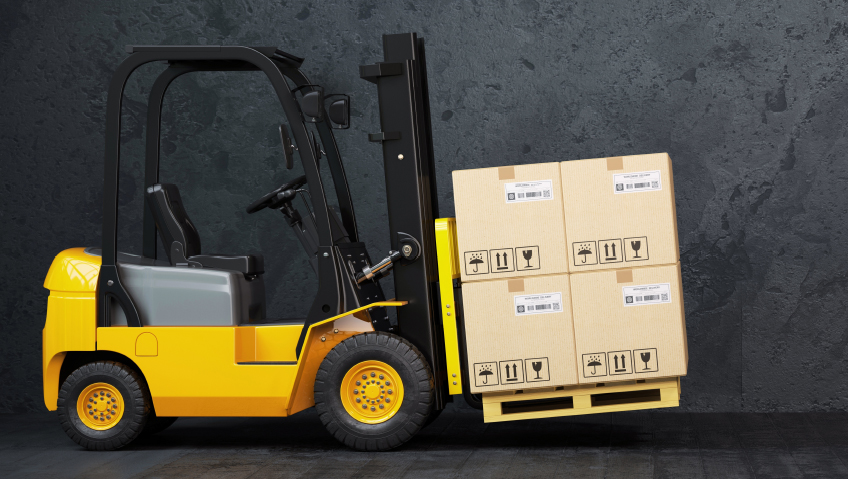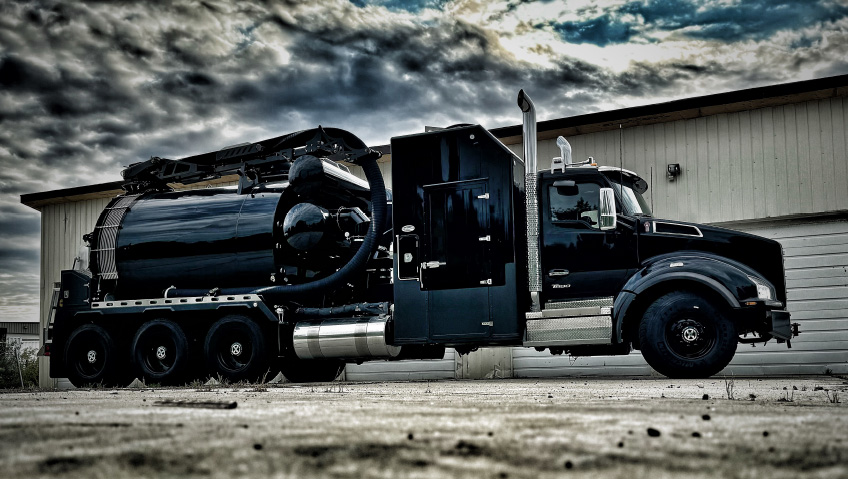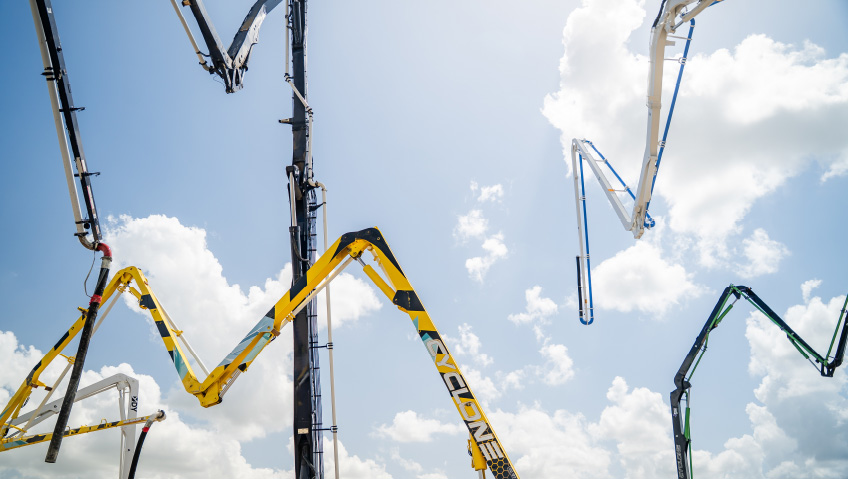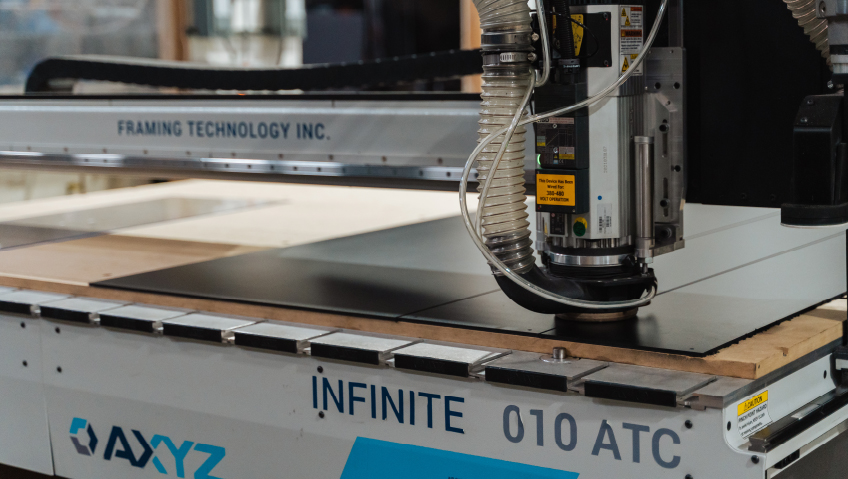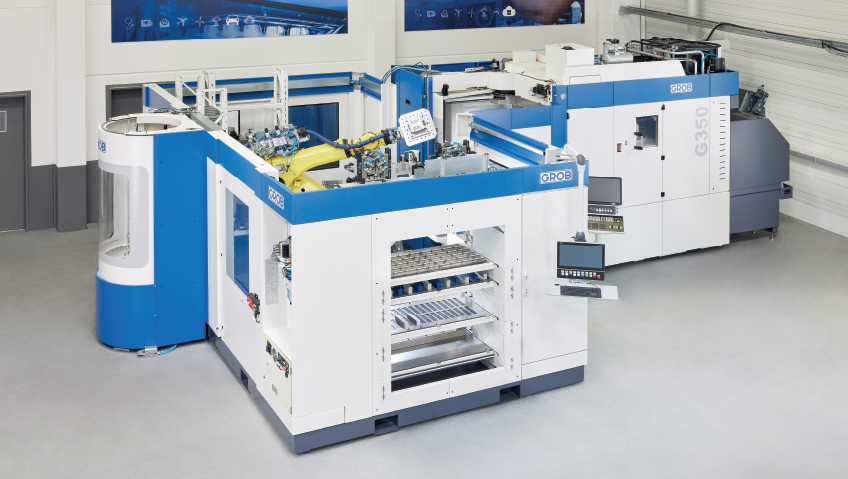In basic terms, material handling is the movement of raw goods from one location to another for the manufacture of finished products. Although it may seem simple, the success of these systems depends on many factors. Material handling requires precise timing, standardization, efficient use of space, automation, and other factors. Loads and pallet weights need to be planned in advance, and the capabilities of human workers considered to ensure safety at all stages.
As COVID-19 revealed, material handling cannot take place if the global supply chain is broken. Even today, four years after the pandemic was first declared, some sectors are still impacted to varying degrees, including automotive, aviation, and energy equipment, dependent on components from overseas and domestic suppliers alike to manufacture finished goods like semiconductors.
Burdened by other factors—such as closures, social distancing, and absent workers—many companies saw inventories of goods, such as vehicles, reach record lows. “This problem is compounded by the fragmentation in recent decades of the auto supply chain across many countries and many firms,” stated The White House in Why the Pandemic Has Disrupted Supply Chains. “This phenomenon has made it difficult for automakers to trace the root causes of bottlenecks, since for example a semiconductor may be designed by one firm, manufactured by a second firm, embedded into a component (such as an airbag) by a third supplier, and only then delivered to an automaker’s assembly plant.” Today’s vehicles are made up of about 30,000 parts, including electronics, steel, rubber, and plastic, and because of shortages, many cars sat unfinished and unsold.
Lessons learned
At the time of The White House report in June 2021, the sectors most disrupted by supply chain delays were, in order, manufacturing, construction, retail trade, wholesale trade, and accommodation and food services. Although the reported stated the significant, widespread supply chain disruptions were “likely to be transitory,” the impact on material handling was significant.
For manufacturers, the pandemic reinforced just how dependent they really were on suppliers. This realization led many to expand their warehousing space, stock up on raw materials, seek partners closer to home, and in some cases, invest millions of dollars into technology, machinery, and facility upgrades to make the vital parts they would have bought elsewhere.
In his book World-Class Warehousing and Material Handling, author Edward H. Frazelle discusses the importance of warehousing, including data mining, pattern recognition, performance, communications systems, pallet storage and handling systems, and optimizing warehouse layout. Warehousing has come a long way in the three decades since the first edition of the book, when the ‘Just in Time’ (JIT) movement was, as Frazelle states, “aimed at eliminating warehousing. Today, it’s the lean movement.”
In all cases, efficient warehousing helps to ensure greater supplies of inventory, shorter response times, and consolidation. And for many manufacturers, expanding warehousing and stocking up on materials has become crucial to staying in business.
“Warehouses and their inventory facilitate production economies of scale, optimize factory utilization via seasonal inventory builds, and mitigate supply-chain and business risk by holding contingency and disaster inventory,” wrote Frazelle in the second edition of his book. Published in 2016, four years before the pandemic, it is interesting to speculate on terms like “disaster inventory.” COVID-19 was a wake-up call to manufacturers about the importance of having months, not weeks, of supplies at the ready.
Embracing automation
To be successful, material handling requires proper set-up and implementation of systems; without this, efficient and profitable manufacturing cannot happen. In today’s fast-paced world, this means end-to-end solutions, software, and automation through handling equipment. If properly maximized, these factors will keep costs low, protect materials from damage, and boost quality, all while increasing safety and productivity. A well-integrated system moves materials the shortest possible distance quickly, efficiently, and safely.
According to the Material Handling Institute (MHI), there are 10 principles of material handling, including planning, standardization, unit load, automation, and life cycle cost principle. Planning starts simply, and includes which raw materials are needed, who is receiving them, and how they are delivered. As rudimentary as this seems, every step requires mindful planning to avoid disruption and lost manufacturing productivity, and to keep raw goods flowing.
While many of these processes were handled by humans in the past, technological advances are making material handling ever more automated thanks to Artificial Intelligence (AI) and robotics. The reasons are many, including everything from increased speed and accuracy to reduced labor costs and far fewer human injuries. More than merely adding a few machines to the process, manufacturers today are incorporating robotic arms for picking, sorting, and palletizing; automated guided vehicles (AGVs); cameras; and safety sensors. Best of all, AI can be incorporated into machine learning (ML) to optimize material handling.
Through computers and automation-driven systems, manufacturers are also incorporating data analytics and the Internet of Things (IoT), whereby machines ‘talk’ to one another as they gather, process, and interpret data. By incorporating wireless technology like GPS, Radio Frequency Identification (RFID), and barcode scanners, material movement is optimized and machines work at peak productivity.
Going greener
With environmental issues becoming more and more important, sustainability and green initiatives are increasingly part of the overall manufacturing process, including material handling. Many manufacturers are addressing sustainability through measures such as waste reduction, recycling, and eco-friendly packing materials in their material handling processes. Others are making improvements and modifications to their facilities. This often includes solar panels on the roof, water reuse, and installing LED lighting which uses less energy.
It is, of course, easier to incorporate the latest environmentally friendly solutions into manufacturing facilities when they are still on the drawing board rather than retrofitting later. A well-designed facility incorporates ergonomic design to necessitate the least possible human handling. It is also vital to determine layout type, be it process or product layout.
In the past, material handling systems used three stages, with goods often moved individually. Today, systems do a better job integrating the flow of raw materials from start to finish, using conveyor belts, AI, and specialized software. These tools and others not only reduce the amount of handling but help keep unit costs down.
In the future, material handling will become increasingly faster, safer for workers, and even more productive. Thanks to computerization and robotics, accidents will become far fewer and farther between as machines take over the repetitive actions performed by people that can cause lower back injuries from lifting and bending. And as shortages of warehouse workers continue, more manufacturers will turn to automated systems which increasingly combine machine strength and human awareness to speed up productivity.

